Premium Only Content
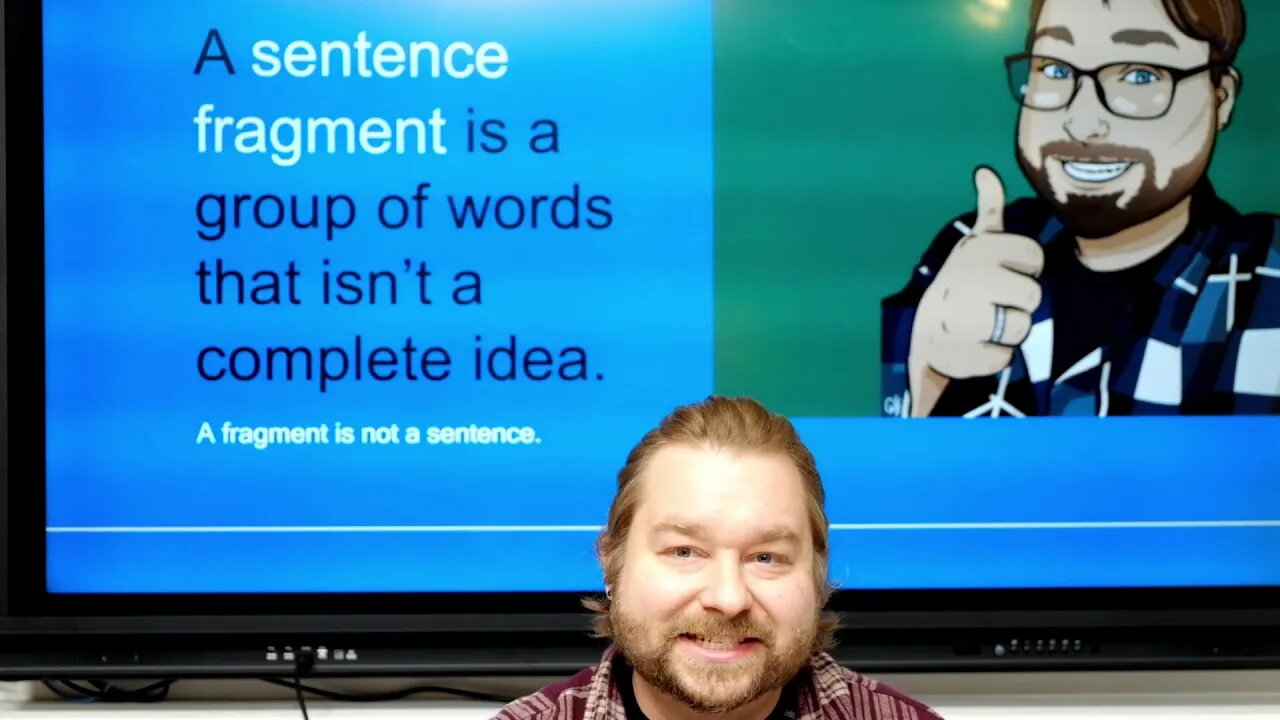
What is a Sentence: Complete Sentence vs Fragment Sentence Grade 5 English Class Unit 1 Lesson 1
What is a Sentence: Complete Sentence vs Fragment Sentence
Grade 5 English Class Unit 1 Lesson 1
http://listenandlearnenglish.com/2021/07/14/what-is-a-sentence-complete-sentence-vs-fragment-sentence/
In English grammar, complete sentences are not just groups of words starting with a capital letter and ending with punctuation such as a period or question mark. English sentence fragments are incomplete sentences. A sentence fragment is incomplete because they are missing a subject or verb, or both. Some English sentence fragments are considered to be 'incomplete' because they don't have a subject or a verb, or both. Many English students struggle with this because dependent clauses actually have a subject and verb, so they appear to be complete sentences, however, they don't convey a complete thought. A complete English sentence has to have a subject (usually a noun or pronoun), verb, and object. "Ellen eats pizza" is a complete sentence, because "Ellen" is the subject, "eats" is the verb, and "pizza" is the object. Complete sentences, English sentence structure and sentence fragments can seem tricky at first, but don't worry, you'll get the hang of it!
#grammar #englishgrammar #completesentences #learnenglish
This series of lessons is based on what is taught in American schools. The lessons will contain a curriculum similar to what is taught in Grade 5, which is generally children aged 10-11 years old. This is not how to speak English. If you are interested in learning to speak English, please go to this series. https://www.youtube.com/watch?v=zz4RcpAfHyU&list=PLp5zSGEKWyU6FrxaRZkxieeP7dk4Hu6H6
The first lesson will focus on what is a sentence and what are complete sentences versus fragments. A sentence is a group of words that go together that expresses an idea. A sentence will say who or what it’s about and what is or what happens.
This might be a little confusing to describe so here are a few examples:
The balloon is in the sky. This is a complete sentence. It has a who or what “the balloon” and it says what is or what happens “is in the sky”. If you say the sentence out loud you can almost hear a break between the two parts.
The girl rides a bike. Again, this is another complete sentence. Who or what “the girl” and what happens “rides a bike” together make a full idea.
As mentioned, those two sentences are complete sentences. A sentence fragment is a group of words that express an incomplete idea. Fragments often have only one part, either the who/what or just the part about what is/what’s happening.
Fragments often sound strange, you’ll recognize that some of the information is missing. If your friend comes over to you and just says “the little boy” and nothing more you’ll probably be confused. You’ll want to know more...what is the boy doing? Is something wrong with the boy? Where is the boy?
This applies also if the who/what is missing. You can have a fragment when only the what is or what’s happening is expressed. For example, if somebody just says “wears glasses” it’s a fragment. Who “wears glasses”? The sentence doesn’t make sense without the other part. “The cat wears glasses.” is a complete sentence because it tells us who or what.
Can you identify which of these sentences are complete and which are fragments? You might want to read the sentence out loud to hear how it sounds.
1.There is a monkey in the tree.
2.Has a banana.
3.It is hungry.
4.The family looks at the monkey.
5.The little girl.
6.Laughs at the monkey.
There is a monkey in the tree. This is a complete sentence. It tells who/what “a monkey” and what is happening “in the tree”.
Has a banana. This is a fragment. There is no part of the sentence that tells us who or what has a banana. More information is needed to make this a complete sentence. For example, “the monkey has a banana” is a complete sentence.
It is hungry. This is a short sentence but it is still a complete sentence. The full idea is there, we know who/what “it” and what is happening “is hungry”.
The family looks at the monkey. This is another complete sentence. “The family” tells us who or what and “looks at the monkey” lets us know what is happening.
The little girl. The little girl does what? This fragment is missing what is happening. There isn’t enough information to give a full idea of what is going on. To make a complete sentence there needs to be something to tell us what the little girl is doing or what happened, “the little girl likes the monkey” or “the little girl gave the monkey a banana”.
Laughs at the monkey. This sentence is another fragment. It is missing who or what is laughing. Once who or what is added it will be a complete sentence, “everyone laughs at the monkey”.
-
 5:14
5:14
Free English Lessons for Homeschool
2 years agoABC Phonics Song with Sounds for Children - Alphabet Song with Animated Words for Every Letter Sound
119 -
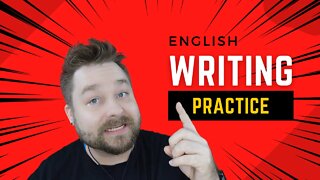 12:58
12:58
Free English Lessons for Homeschool
3 years agoHow to Write a Complete Sentence Complete Subject and Complete Predicate Paragraph Pattern Lesson 3
60 -
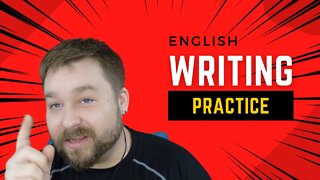 12:22
12:22
Free English Lessons for Homeschool
3 years agoEnglish Writing Practice to Find the Complete Sentence 4 Write a Paragraph with Complete Sentences
20 -
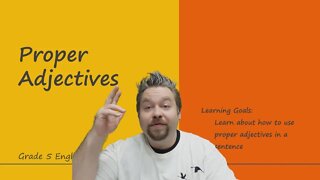 9:40
9:40
Free English Lessons for Homeschool
3 years agoWhat are Proper Adjectives? How to use Proper Adjectives in a Sentence. English Grammar Lesson
23 -
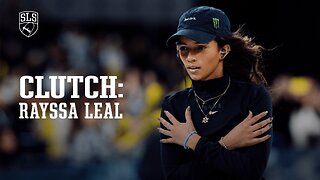 16:38
16:38
SLS - Street League Skateboarding
14 days agoRayssa Leal's Most Clutch SLS Wins Ever! 🥶🏆
73.8K4 -
 1:06:29
1:06:29
Russell Brand
5 hours agoGaza Takeover? Trump’s Bold Plan Sparks Global Outrage – SF532
113K246 -
 1:57:32
1:57:32
The Charlie Kirk Show
4 hours agoGaza Thoughts + DOGE The Destroyer | Sen. Schmitt, Benz | 2.5.2025
124K28 -
 1:21:08
1:21:08
Simply Bitcoin
4 hours ago $1.30 earnedNEW REPORT: Bitcoin ETF Insider Doubles Down on UNTHINKABLE 2030 prediction! | EP 1176
33.5K1 -
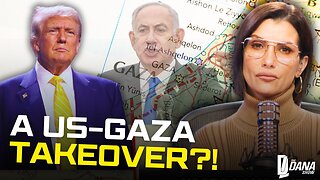 2:50:42
2:50:42
The Dana Show with Dana Loesch
3 hours agoTRUMP PLANS TO TAKE OVER GAZA | The Dana Show LIVE On Rumble!
33.2K7 -
 59:36
59:36
The Dan Bongino Show
6 hours agoTrump Shocks The World With Major Announcement (Ep. 2416) - 02/05/2025
804K1.77K